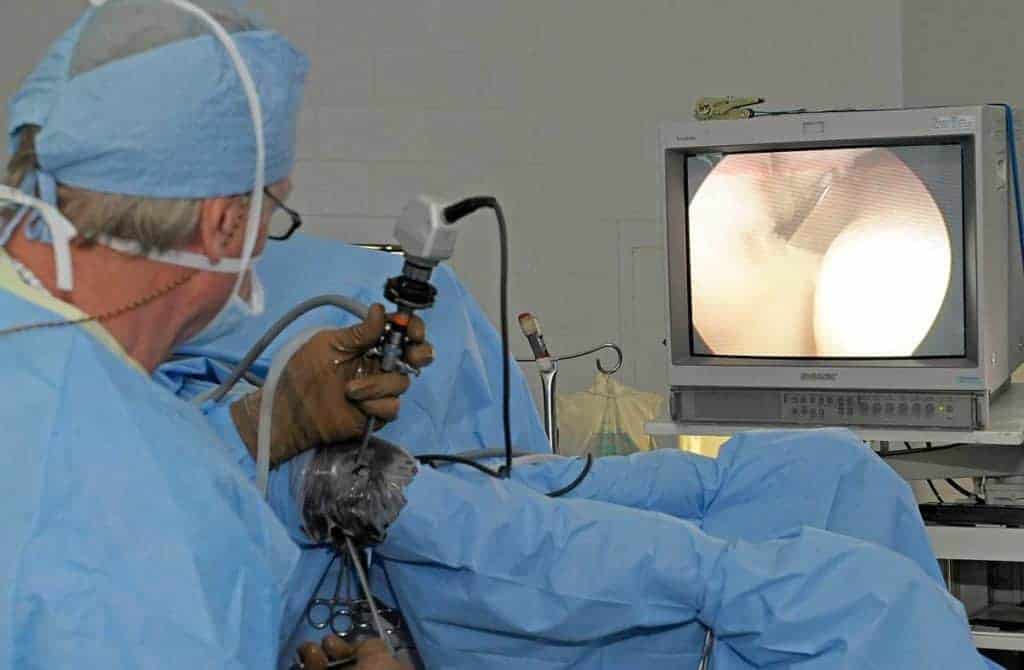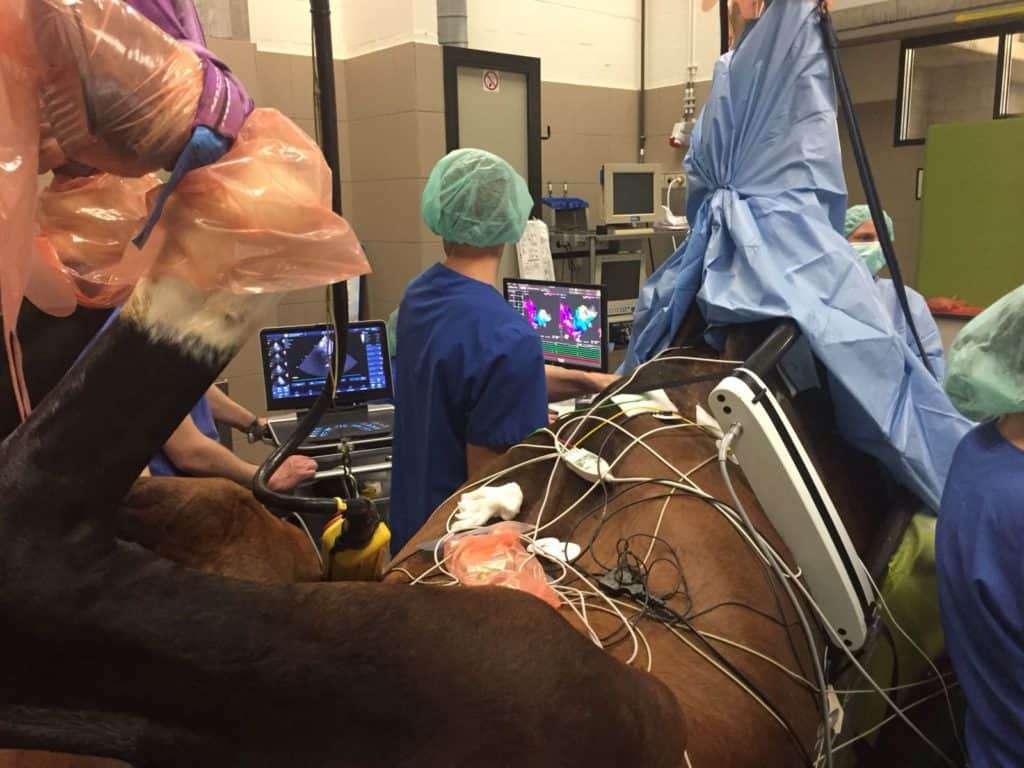
Smart Antimicrobial Use in Equine Surgical Settings
Learn why experts are questioning routine antibiotic use in equine orthopedic surgery and how alternative strategies can help reduce infection risk.

Learn why experts are questioning routine antibiotic use in equine orthopedic surgery and how alternative strategies can help reduce infection risk.

Standing surgery allows for treatment options that might not have been possible previously due to risks associated with general anesthesia.

Researchers said evaluating castration complications allowed them to arrive at a benchmark to which other equine practitioners can audit their individual and practice performances, possibly leading to even safer gelding procedures.

Dr. Wes Sutter recaps studies on MRI for diagnosing hock problems, tieback surgery, evaluating suspensory ligament branch injuries, nerve blocks, and more.

While surgery alone can improve septic navicular bursitis prognoses, recent study results suggest outcomes can be even better if surgery is combined with antimicrobials and therapeutic shoeing.

Recent study results suggest the overall septic arthritis rate following surgery was 0.47%, which is similar to previously reported rates. Further, researchers found no association between inpatients’ and outpatients’ septic arthritis development rate.

Researchers found that horses ventilated with “heliox” rated better for two measures of respiratory mechanical function—low peak inspiratory pressure and higher lung compliance—compared to those breathing pure oxygen.

Surgical site infection risk had little to do with the amount or kind of bacteria present at the incision before, during, or after surgery, researchers found.

Researchers found that their technique for removing ostoechondral fragments from the hock was efficient and had few postoperative complications.

Belgian veterinarians have successfully completed the first cardiac ablation—a procedure used to correct irregular heartbeats—performed in a horse. Diamant, a 5-year-old Norwegian show jumper, came through the four-hour operation with no difficulties.

Researchers found that standing surgery results were at least as good as those of surgeries performed under general anesthesia. The new procedure also allows better surgical access to the target tissues, they said.

Researchers have learned that fractured splint bone healing can be optimized by replacing metal screws with absorbable ones.

Researchers say the standing technique minimizes risk to the patient, reduces costs to the client, and limits complications.

Horse owners might want to have their mares’ ovaries surgically removed for a variety of reasons, including to prevent pregnancy, get rid of tumors, or, most commonly, resolve behavioral issues.

Meconium impactions are the most common cause of intestinal obstruction and one of the most prevalent health issues overall in neonatal foals.

If surgery requiring general anesthesia must be performed on pregnant mares, the safest time window is Days 40-220 of gestation, researchers concluded.
Stay on top of the most recent Horse Health news with
"*" indicates required fields